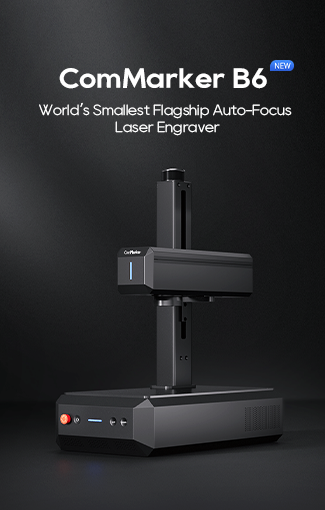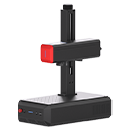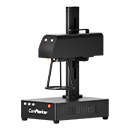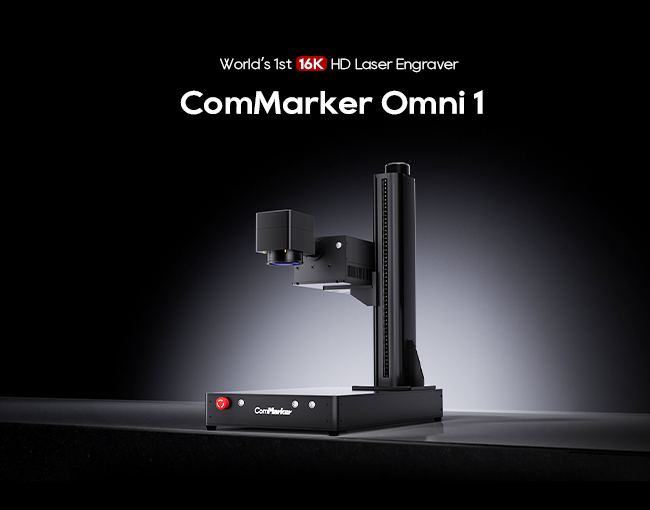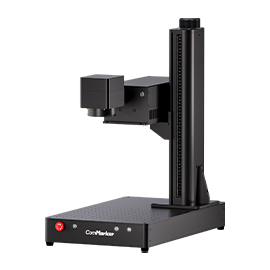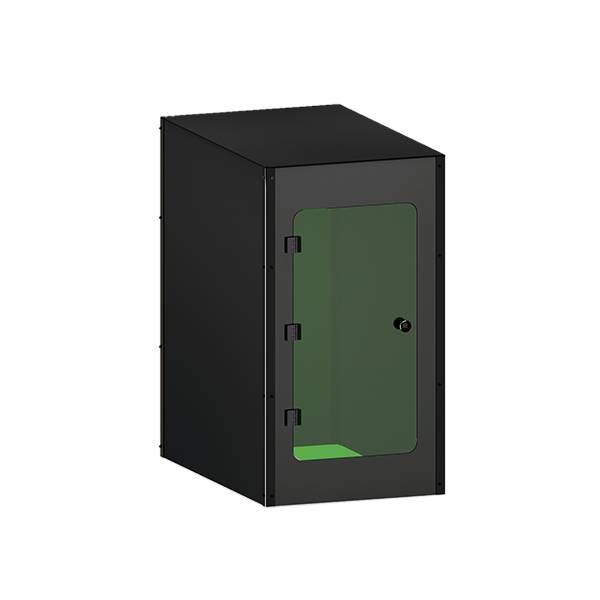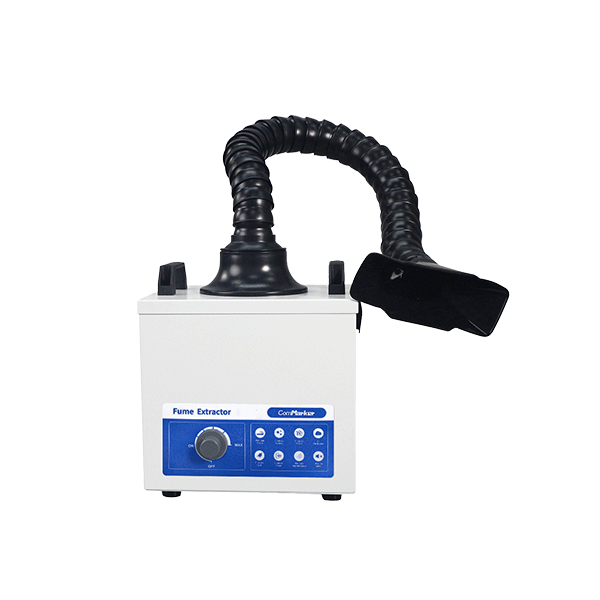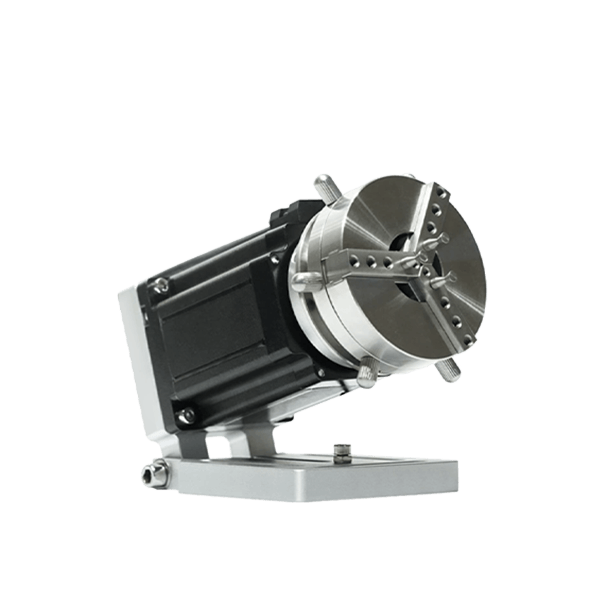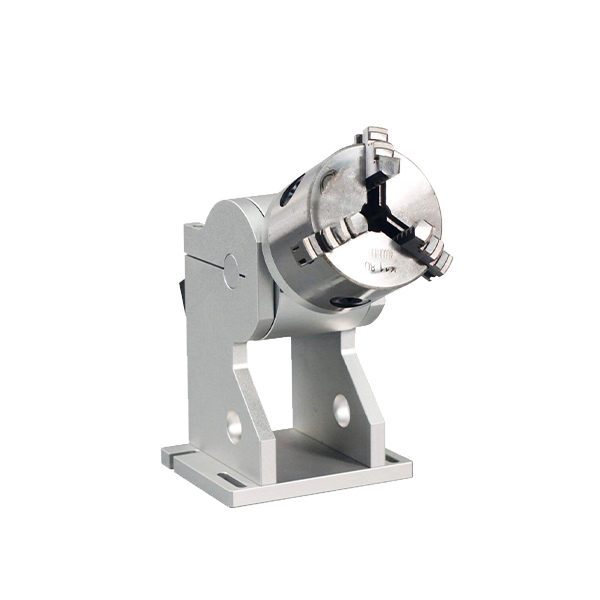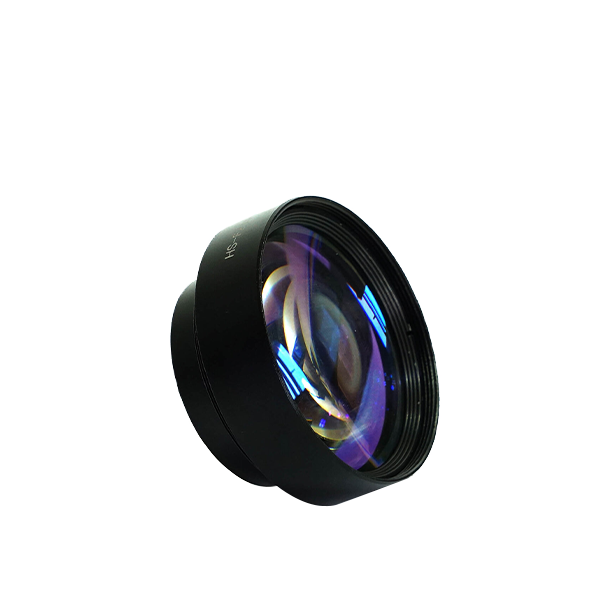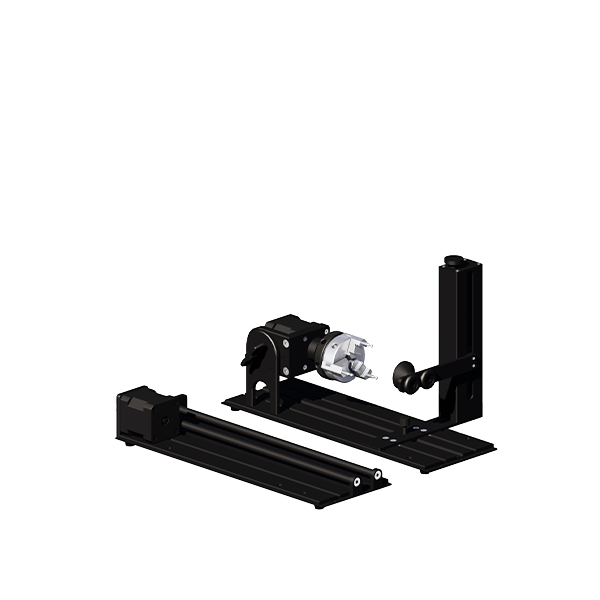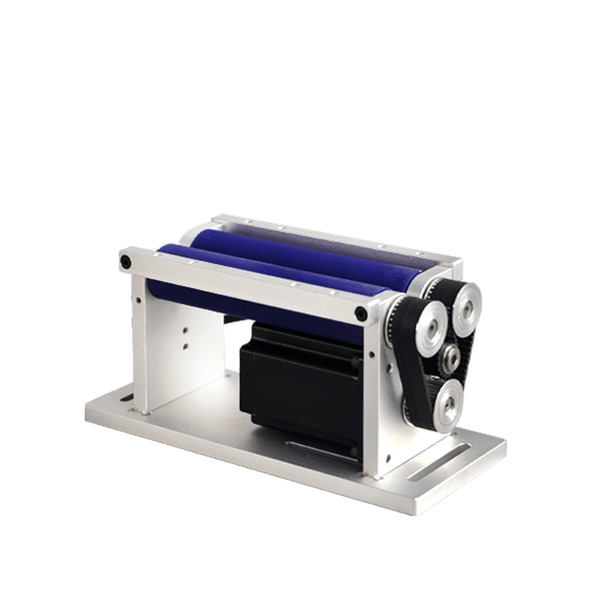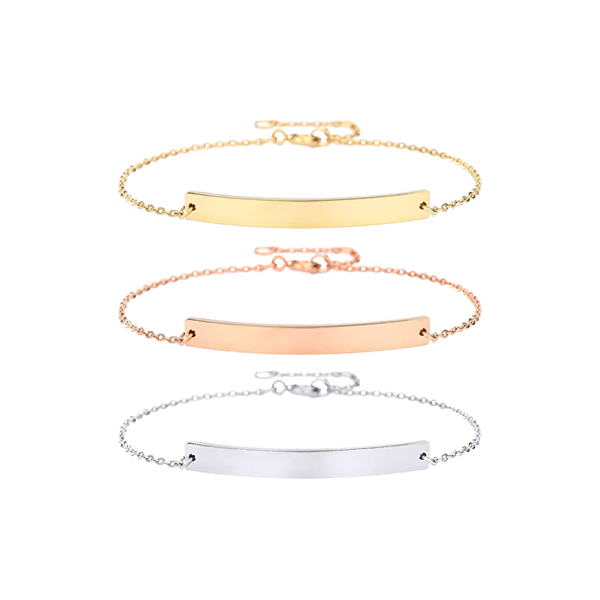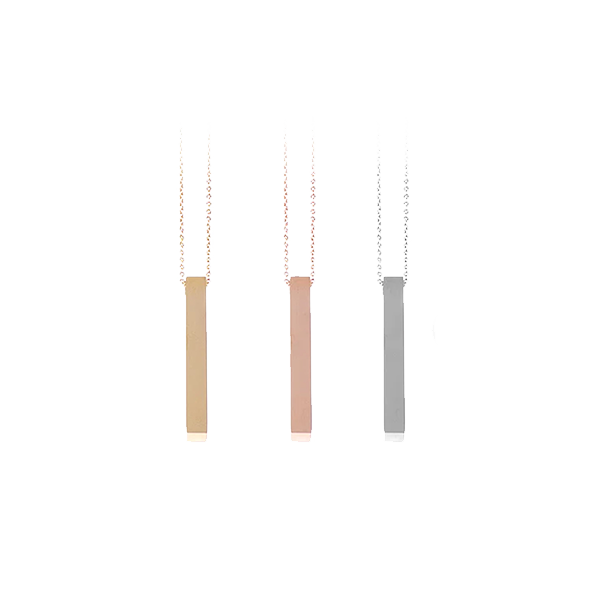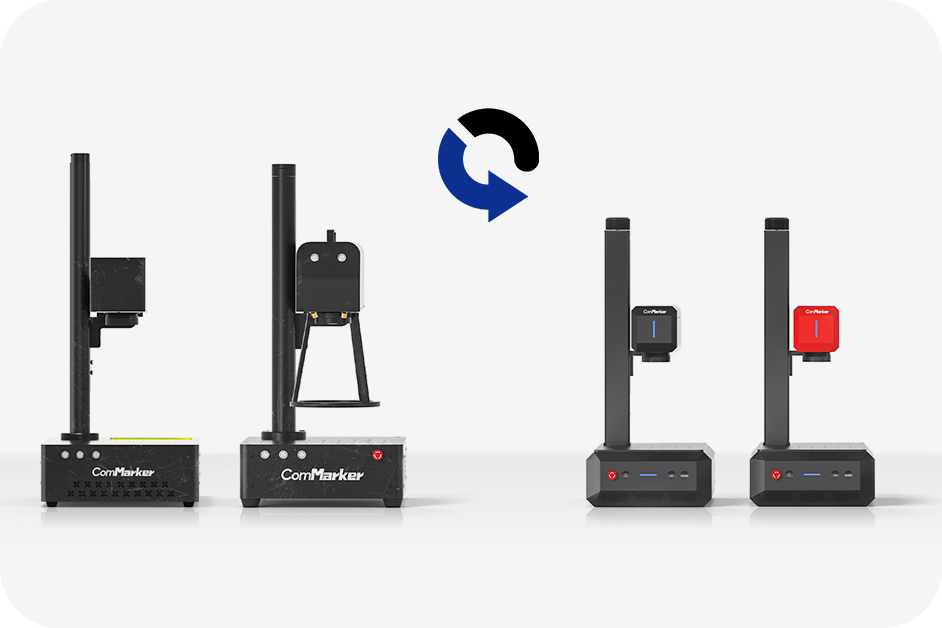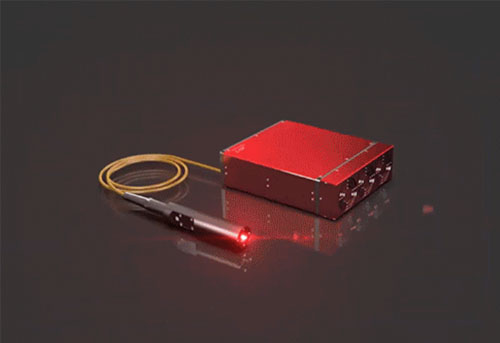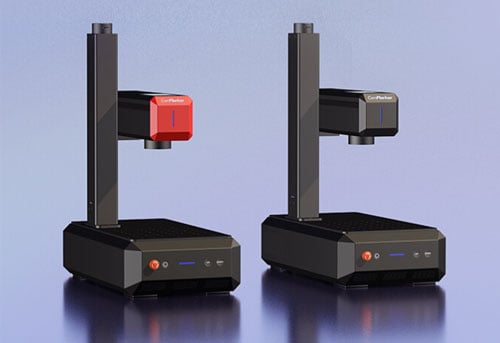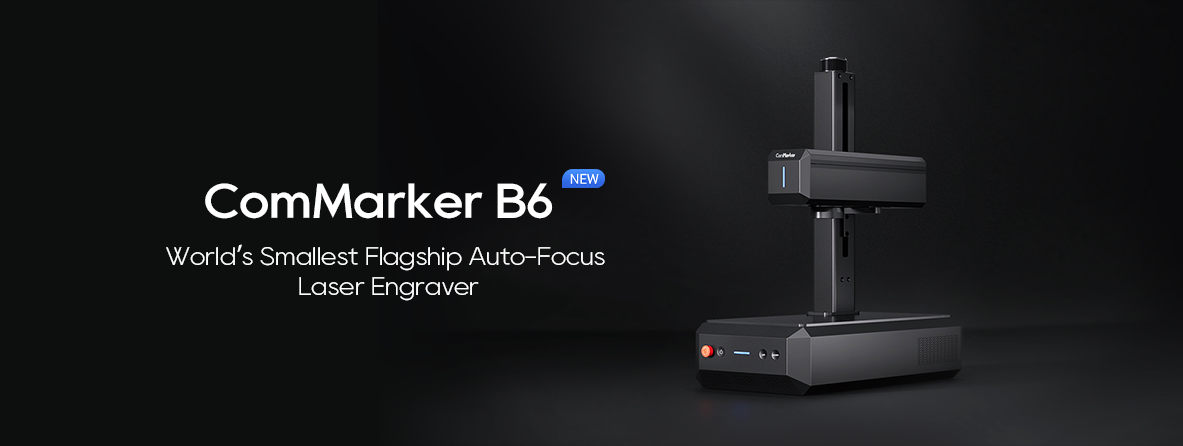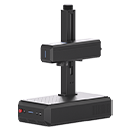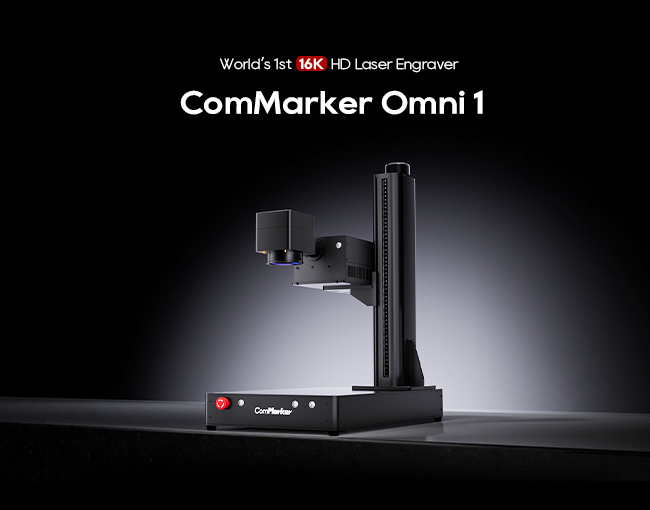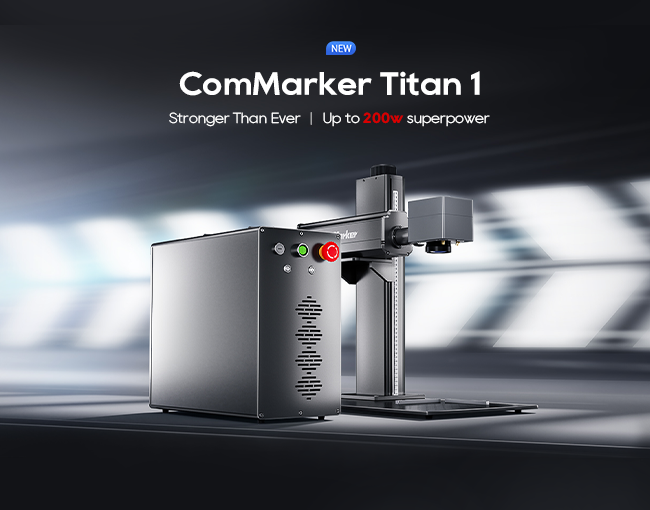Los láseres de fibra han transformado el panorama industrial con su diseño compacto, alta eficiencia, y una calidad de haz excepcional. Estos láseres versátiles son esenciales en diversos campos., desde la metalurgia hasta la fabricación de dispositivos médicos. Este artículo explora el intrincado funcionamiento de los láseres de fibra., centrándose particularmente en la tecnología de ComMarker, sus ventajas, y sus aplicaciones.
Tabla de contenido
¿Qué es un láser de fibra??
Un láser de fibra es un tipo de láser de estado sólido que utiliza una fibra óptica como medio de ganancia.. El núcleo de la fibra óptica está dopado con elementos de tierras raras como el iterbio. (yb), que amplifica la luz láser. Estos láseres son conocidos por su alta eficiencia eléctrica y óptica., compacidad, y excelente calidad del haz.
La estructura de fibra de ganancia en un láser de fibra
La fibra de ganancia en un láser de fibra es el componente central donde se amplifica la luz láser.. El núcleo de la fibra., dopado con elementos de tierras raras como el iterbio (yb), tiene el índice de refracción más alto, permitiendo que la luz láser y la luz de la bomba se propaguen eficientemente. El núcleo está rodeado por revestimientos interior y exterior., formando una estructura de fibra de doble revestimiento.
Cifra 1: Ganar estructura de fibra
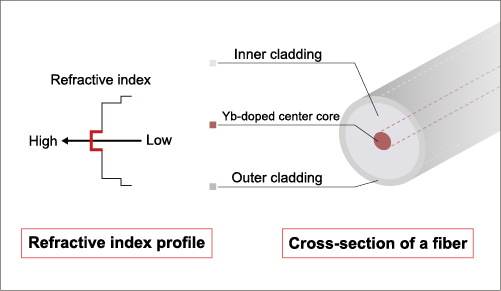
Propagación del rayo láser en una fibra de doble revestimiento
En una fibra de doble revestimiento, La luz de la bomba se propaga a través del núcleo dopado con Yb y el revestimiento interior.. La reflexión interna total en el límite del revestimiento interior y el núcleo confina la luz láser dentro del núcleo., asegurando una amplificación eficiente.
Cifra 2: Propagación del rayo láser en una fibra de doble revestimiento
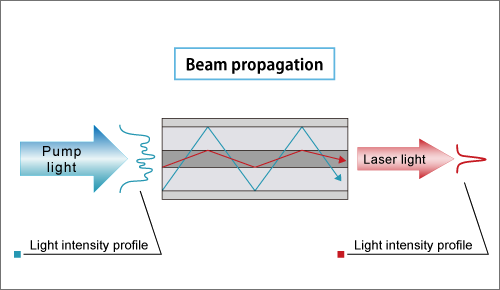
Configuración de circuitos ópticos en láseres de fibra de alta potencia
Los láseres de fibra de alta potencia de ComMarker utilizan una sofisticada configuración de circuito óptico dividida en tres secciones principales.:
- Sección de bomba: Diodos láser (LD) bombear luz a través de fibras ópticas hacia un combinador de bombas.
- Sección del oscilador: La luz de la bomba se propaga a través de una fibra de doble revestimiento., excitando los iones Yb, que amplifican la luz.
- Sección de entrega de vigas: La luz láser amplificada se envía al cabezal de procesamiento o al acoplador de haz..
Cifra 3: Configuración del circuito óptico
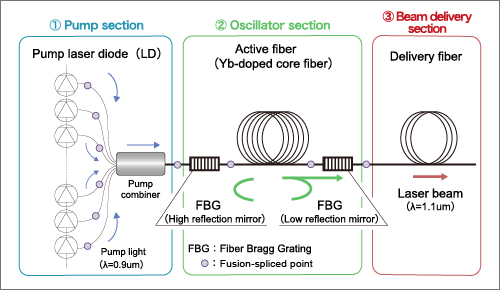
Mejora de potencia de los láseres de fibra
La mejora de potencia en los láseres de fibra se logra acoplando múltiples fibras de entrega con un acoplador de haz de salida.. Por ejemplo, acoplamiento cuatro 1 haces de salida de kW resulta en una 4 kW de potencia láser, mientras acopla seis 1 Rendimiento de vigas de salida en kW 6 kilovatios.
Cifra 4: Mejora de potencia de los láseres de fibra

Ventajas de los láseres de fibra
Comparado con los láseres tradicionales de CO2 y YAG, Los láseres de fibra ofrecen varias ventajas importantes.:
- Calidad del haz: Los láseres de fibra proporcionan una excelente calidad del haz, dando como resultado cortes precisos y limpios.
- Diseño compacto: Su tamaño compacto y su alta densidad de potencia ahorran un valioso espacio en instalaciones industriales..
- Eficiencia: Presentan una alta eficiencia eléctrica., Reducir el consumo de energía y los costos operativos..
- Fiabilidad: Los láseres de fibra son muy fiables, requiriendo un mantenimiento mínimo.
- Versatilidad: Adecuado para diversas aplicaciones, incluyendo soldadura, corte, y marcando, en múltiples industrias.
Aplicaciones de los láseres de fibra
Los láseres de fibra son herramientas versátiles utilizadas en numerosos procesos industriales.. Sus aplicaciones incluyen:
- Procesamiento de materiales: Corte, soldadura, calificación, y perforar metales y otros materiales.
- Fabricación de dispositivos médicos: Corte y grabado de precisión de dispositivos médicos..
- Telecomunicaciones: Los láseres de fibra desempeñan un papel crucial en las telecomunicaciones para la amplificación y transmisión de señales..
- Defensa: Utilizado en armas de energía dirigida y otras aplicaciones relacionadas con la defensa..
- Investigación y desarrollo: Los láseres de fibra se utilizan en espectroscopia y otras áreas de investigación científica..
Tipos de láseres de fibra
Los láseres de fibra se pueden clasificar según sus modos operativos y aplicaciones.:
- Onda continua (CW) Láseres de fibra: Produce un rayo láser continuo., ideal para aplicaciones industriales de alta potencia.
- Láseres de fibra pulsada: Emite pulsos láser a intervalos regulares., adecuado para grabado y marcado precisos.
- Láseres de fibra QCW: Ofrezca una potencia máxima alta y una potencia promedio más baja, perfecto para aplicaciones como soldadura por puntos y perforación.
¿Cómo funciona un láser de fibra??
Los láseres de fibra funcionan mediante el uso de una fibra óptica dopada con elementos de tierras raras., como el iterbio (yb). El núcleo de fibra dopada absorbe la luz de la bomba., que excita los iones Yb, lo que lleva a la emisión de luz láser. La luz láser está confinada dentro del núcleo mediante una reflexión interna total., dando como resultado un rayo láser de alta calidad.
Mantenimiento y vida útil
Uno de los beneficios clave de los láseres de fibra es su bajo requerimiento de mantenimiento.. Su vida útil es100,000 horas. Alcanzar su vida útil no significa que sea totalmente inutilizable, pero sólo decae en la potencia del láser. un servicio de reemplazo de fuente láser (El precio dependerá de la fuente láser que elijas.).
Grabador láser de fibra ComMarker B4 20W
Elevación eléctrica: El ComMarker B4-20W presenta una avanzada, motor de elevación oculto. 3D Estampado y grabado profundo: La máquina de grabado láser B4-20W maneja intrincados, Grabado 3D multinivel y grabado profundo en metal y roca.. Área de trabajo espaciosa: 110Lentes duales de mm y 200 mm., Área de marcado con localizadores duales de puntos rojos para una calibración y enfoque precisos.. Amplia compatibilidad: Grabar…




